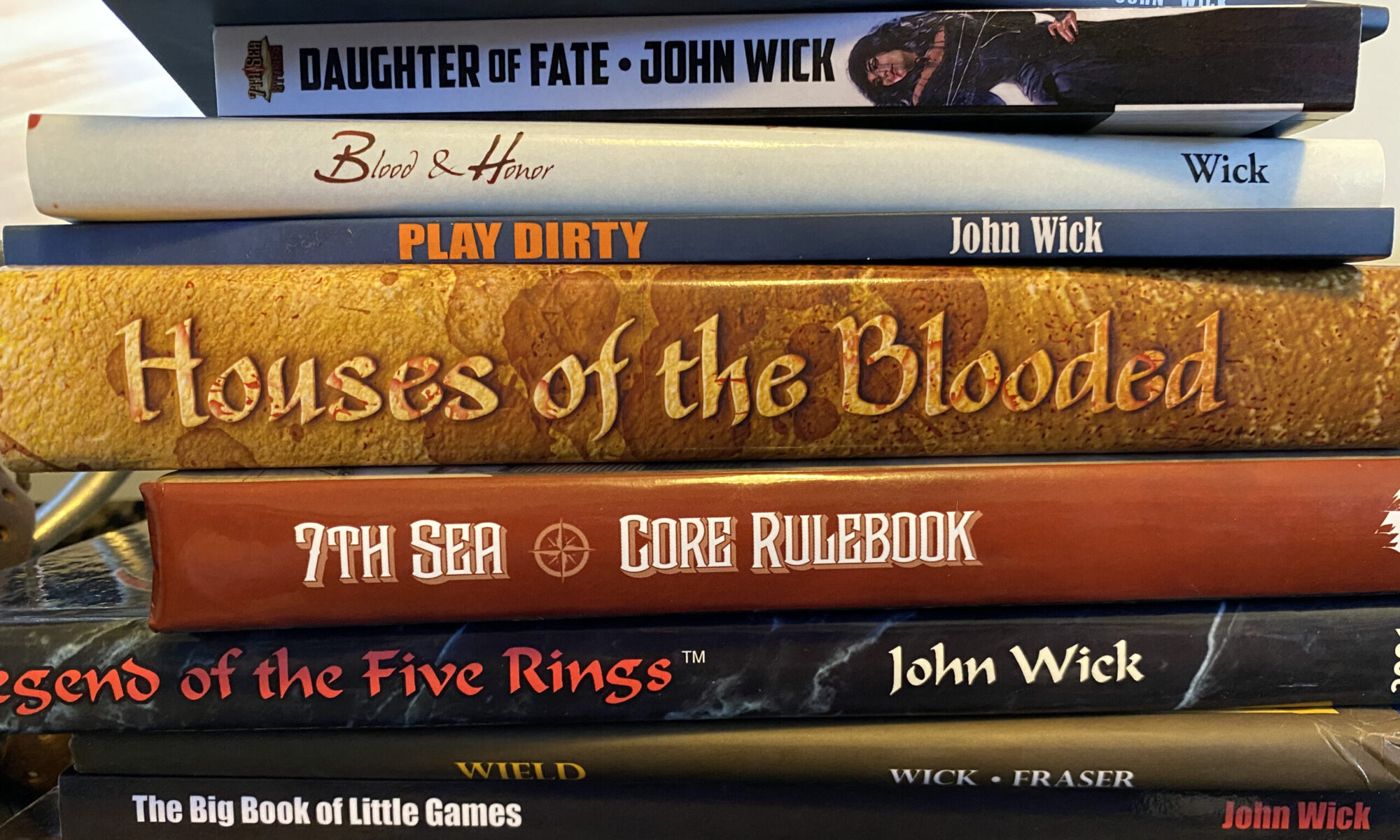When a ven noble declares Revenge, another weapon becomes available to him. A weapon declared illegal under all other circumstances. A shameful weapon. A deadly weapon. The patient kiss. Poison.
Ven biology is such that most venoms and toxins do not affect them. A few are potent enough to make him stumble or perhaps even knock him on his backside. But the ven explicitly list five poisons powerful enough to kill. Ven scholars have done their research in this field, isolating the symptoms and sources, discovering exactly what these famous poisons are. I’ll save you the work and list them here for your convenience.
Also, you should know, the ven have no antidotes for these poisons. None.
ARSENIC: THE EMERALD WASTE
The ven use arsenic as a powder, green in color. The ven originally used it as a dye, but quickly discovered its toxicity, and turned the powder to less cosmetic means. Since then, the ven have developed arsenic into a thin, white powder. Tasteless and odorless, it absorbs into liquid quickly, leaving no residue. Despite its new appearance, arsenic’s ven name remains.
Once poisoned, the victim’s skin turns pale. Headaches. Vomiting and retching. A complete failure of the digestive system follows. Horrible stomach pains. Sparkling red eyes. Death comes within hours.
Arsenic must be ingested, but it can be fed to animals, and even after cooking, any ven who eats the poisoned animal will suffer the effects.
CYANIDE: THE CRIMSON GASP
Made from fruit seeds, cyanide appears as a grey or brown powder that smells like almonds. The ven originally used it as a flavoring powder as lower dosages caused giddiness and a severe lack of judgment. Further experimentation lead to its current usage.
Cyanide poisoning shuts down the body’s ability to process oxygen, causing the victim to helplessly gasp for breath as his brain slowly dies of asphyxiation. After death, the blood takes on a tell-tale cherry red color.
Cyanide may be ingested or inhaled.
HEMLOCK: FOX’S REVENGE
The hemlock plant is beautiful to look upon. Pure white, spotted with blue, red and purple. “Fox’s Revenge,” indeed. Different stories attribute the origin of hemlock’s name. We may never know the truth, but they all make lovely stories.
Almost the entire plant is poisonous, but which part depends on which part of the year. The roots are poisonous during winter and fall, but the leaves find their venom in the spring. Once poisoned, the victim’s body begins to slow down, exhibiting symptoms of Solace. The limbs grow heavy, the body cannot move. Pain as the muscles shut down. Eventually, the victim’s lungs cease and she dies the kind of slow, agonizing, beautiful death that only a Fox can provide.
Hemlock must be ingested.
OLEANDER: IKHALU’S MILK
The ven know the entire oleander plant is toxic, but they rely solely on the sap—the white, milky sap—when seeking revenge. Ikhalu’s milk must be ingested, but once it is, the effects are immediate and fatal.
Ikhalu’s milk forces the heart to beat at a staggering and irregular pace, causing the entire body to shut down. Irregular and violent blood flow. Almost immediate death.
Ikhalu’s milk cannot be hidden well. It is sticky and thick. It does not mix well with other liquids. It must be ingested. But while the other poisons listed here provide a painful death within minutes or hours, oleander is the only poison of the five that causes almost immediate death to its subject.
(Note: this is not true of humans, but for whatever reason, oleander is immediately fatal to the ven.)
STRYCHNINE: THE SPECTRE DANCE
Of all the poisons listed here, strychnine is, by far, the most dramatic. Introduced into the system, the victim immediately begins suffering seizures of a most violent sort. His limbs flail, his head and neck thrash. His screams. Introduced into the body through ingestion, the victim appears as if he is suffering from a mad, vicious dance with invisible beasts.
The spectre dance.
There is nothing subtle about strychnine. Its effects are immediate and obvious. The spectre dance is used by those who wish to make a point. It is the poison hammer. “Let it be known.”
(Later, more information on the non-lethal toxins floating around Shanri.)
